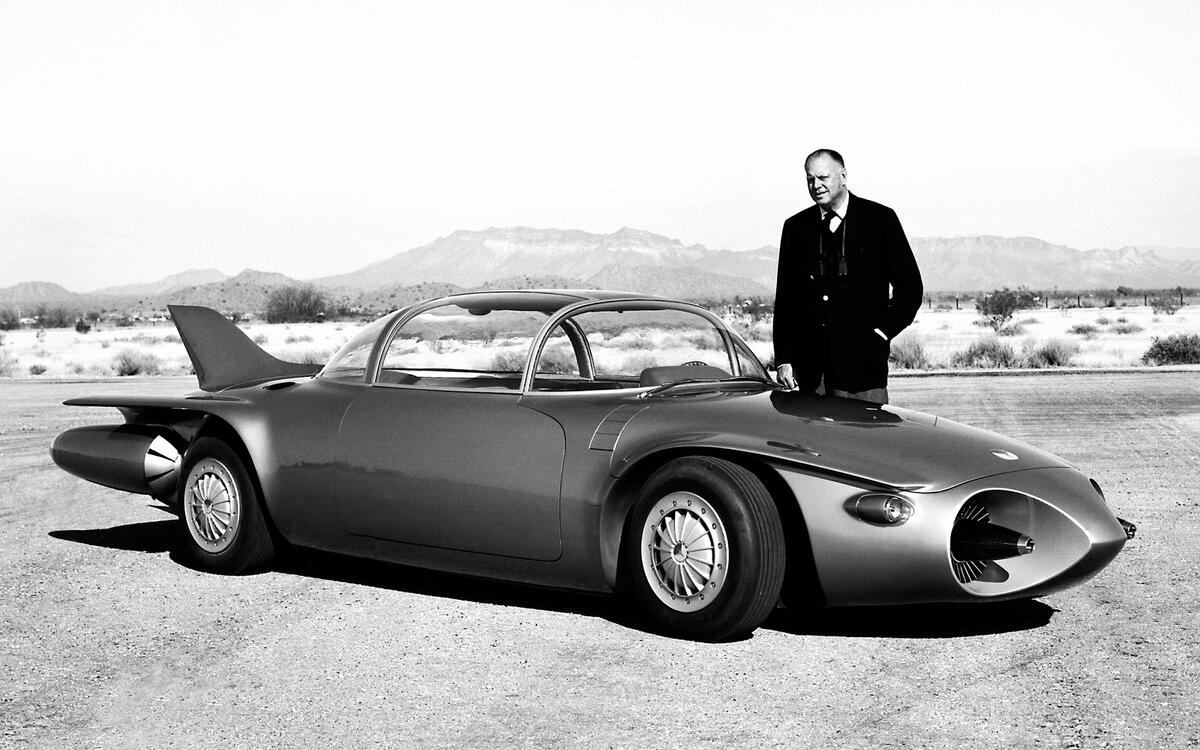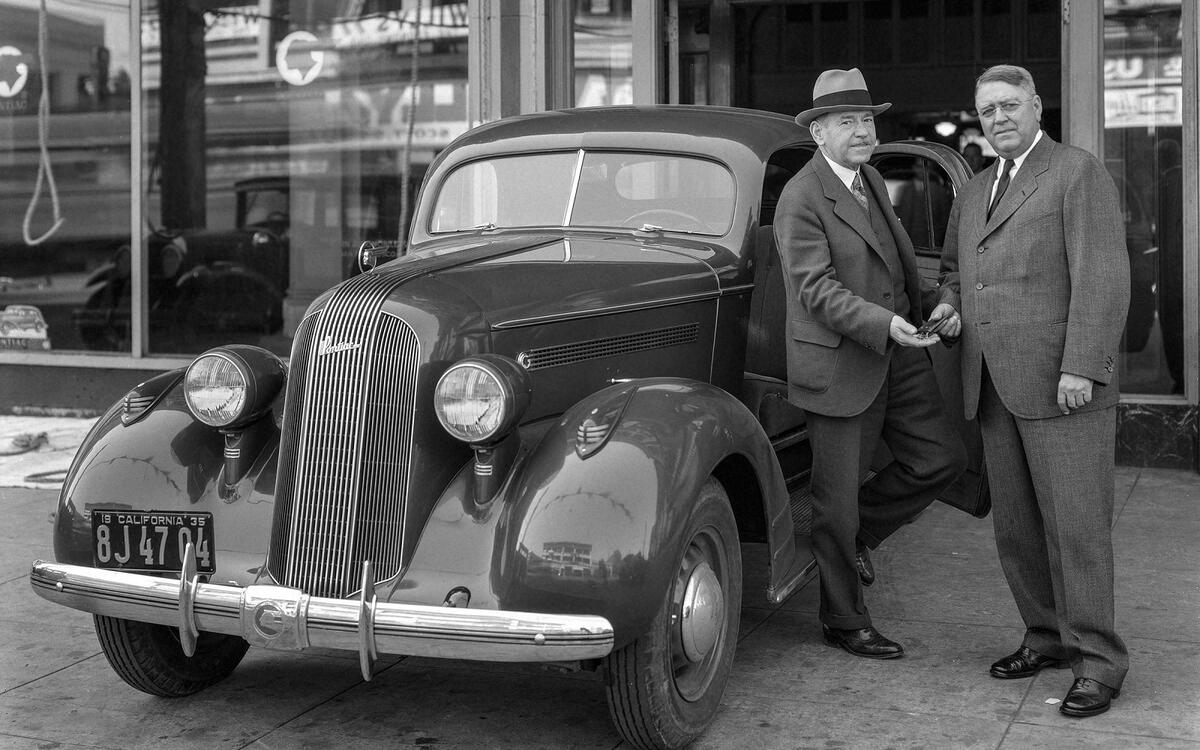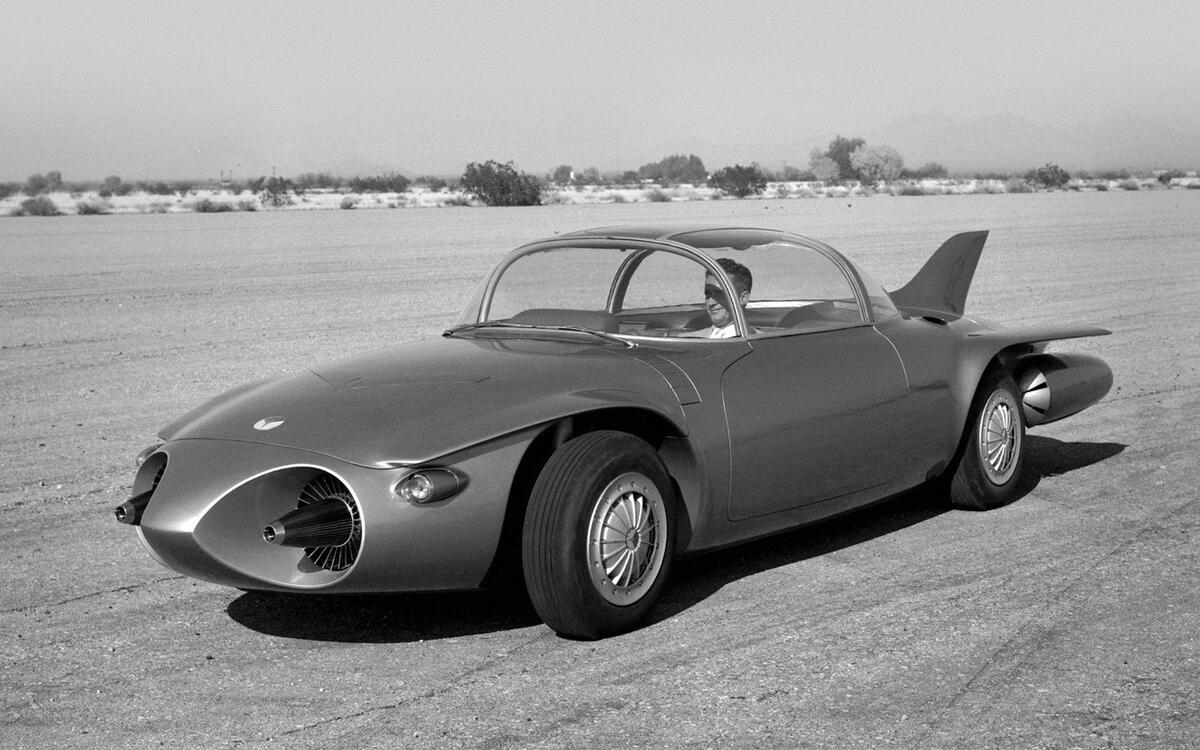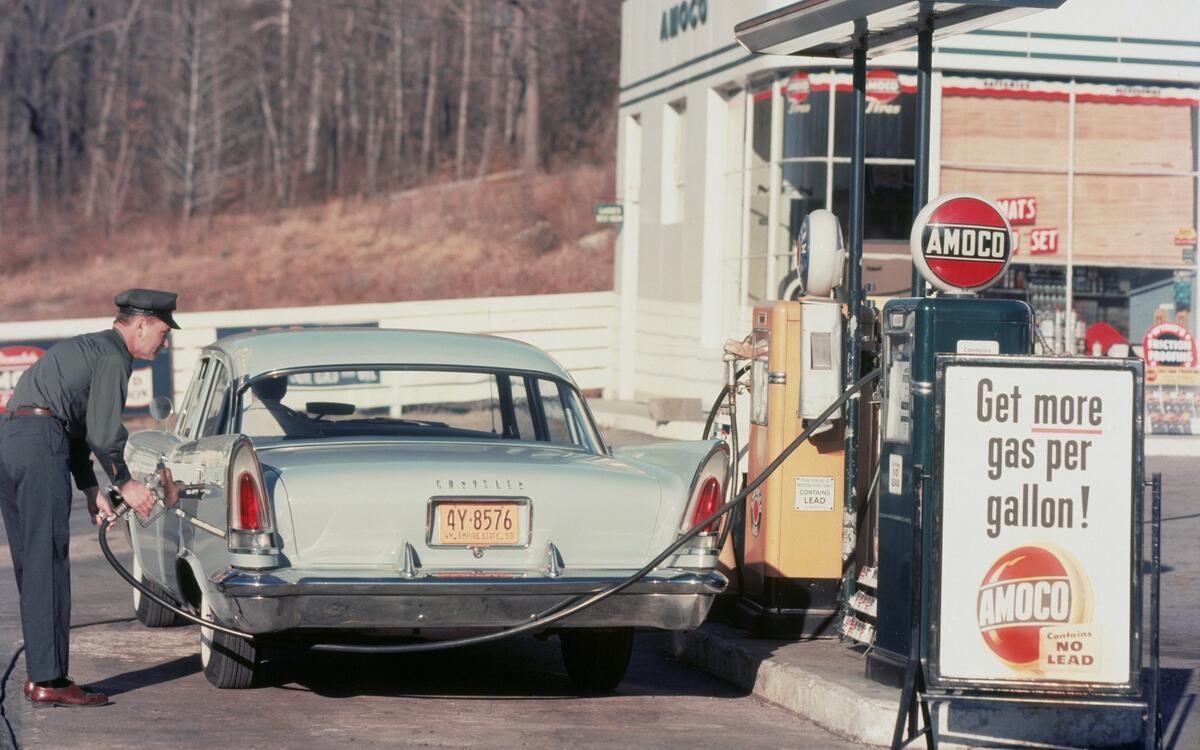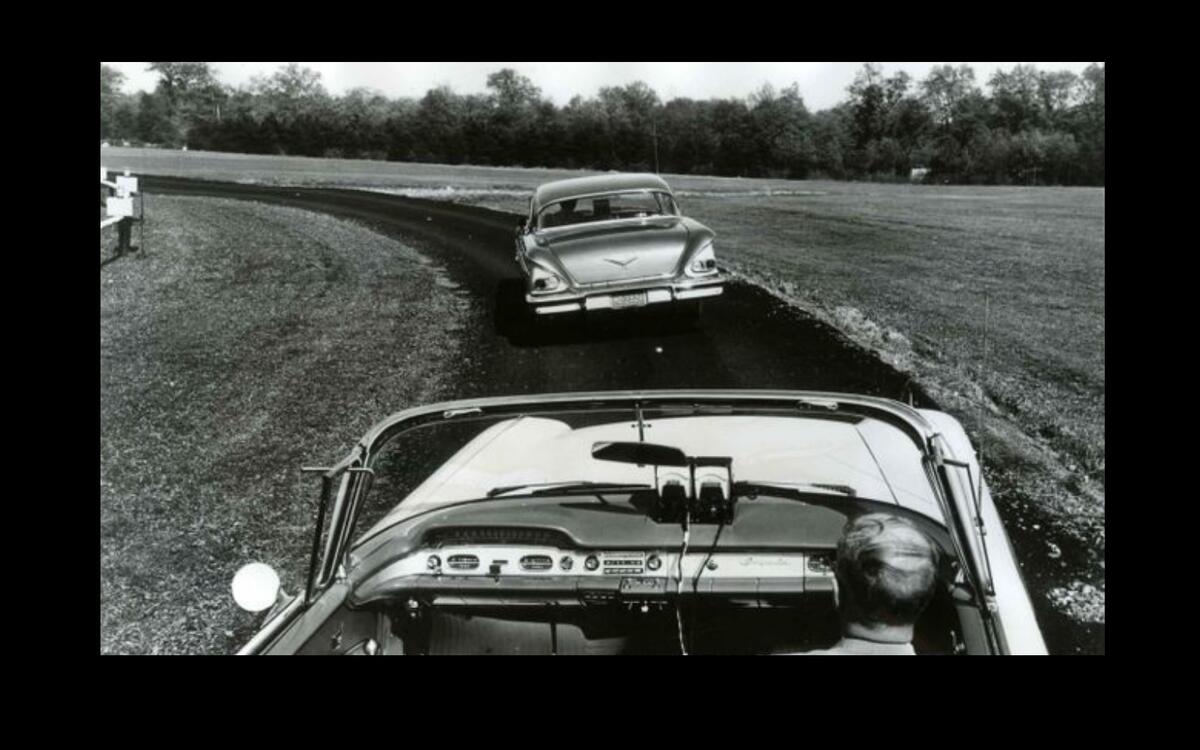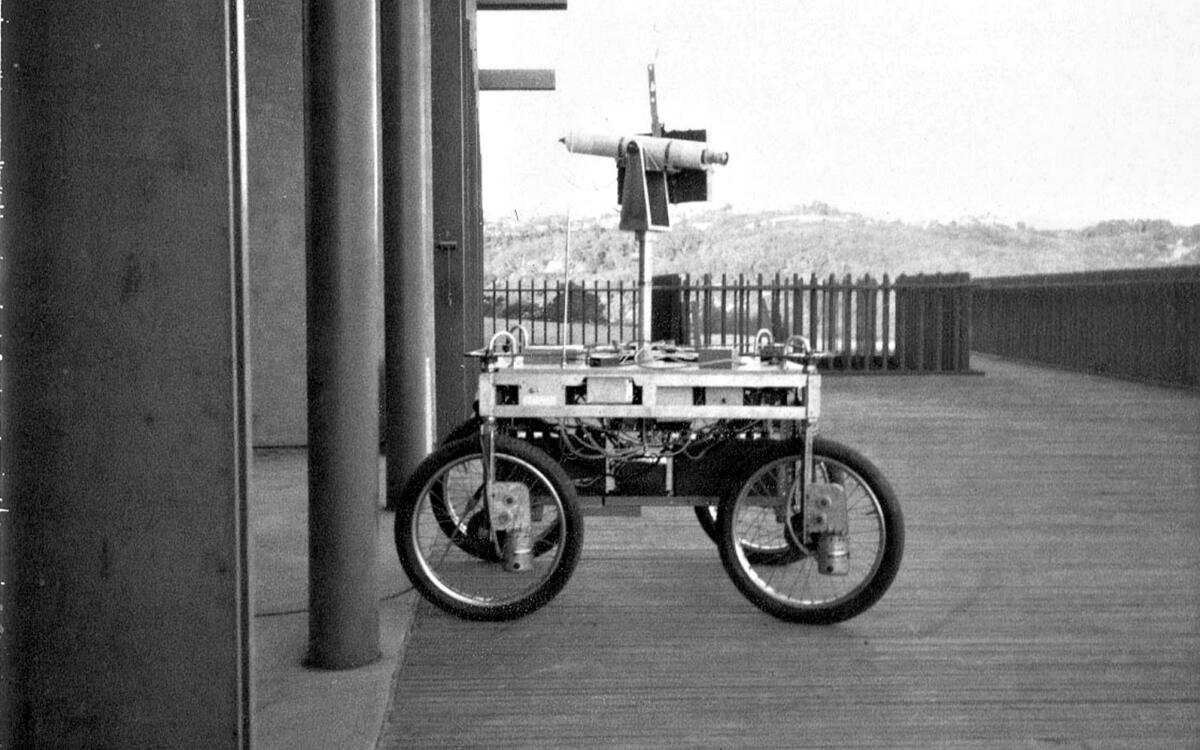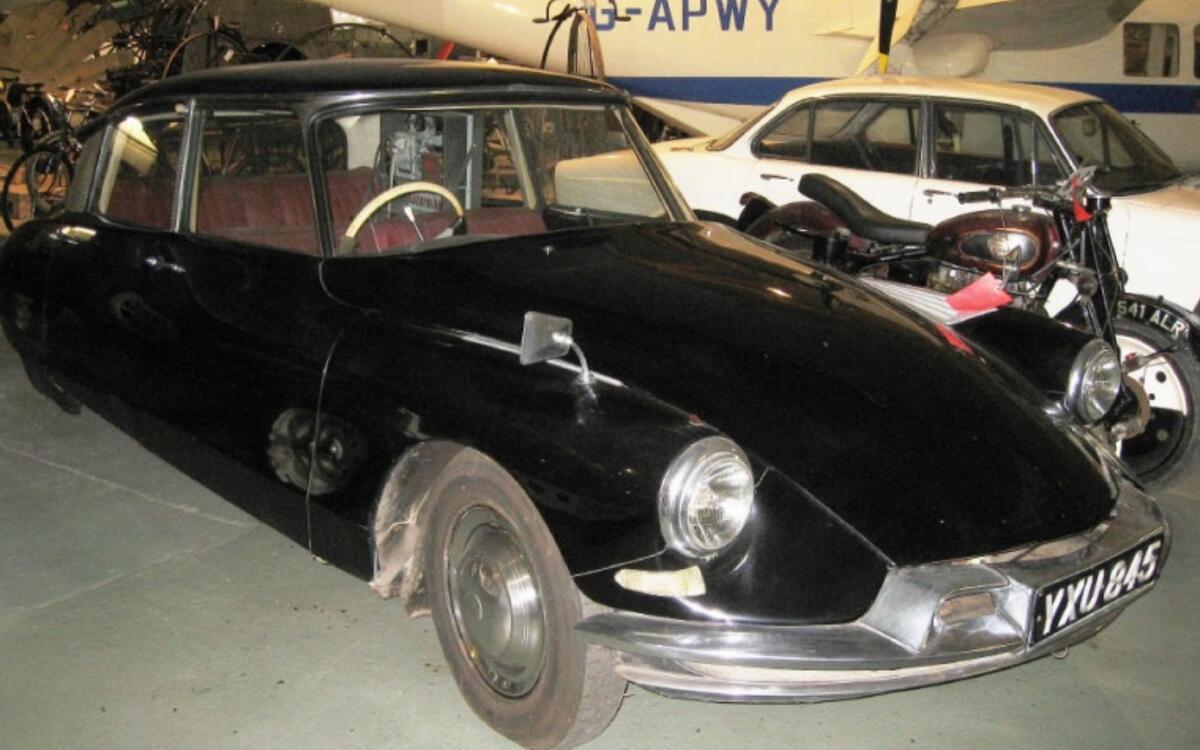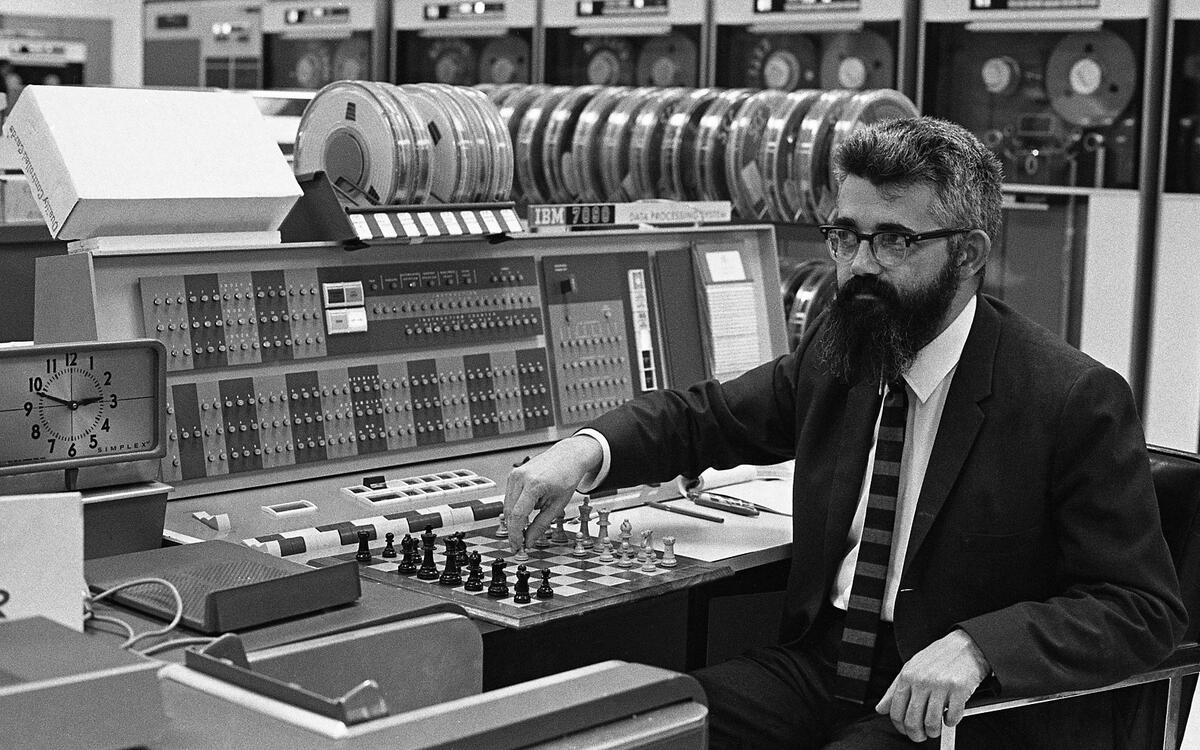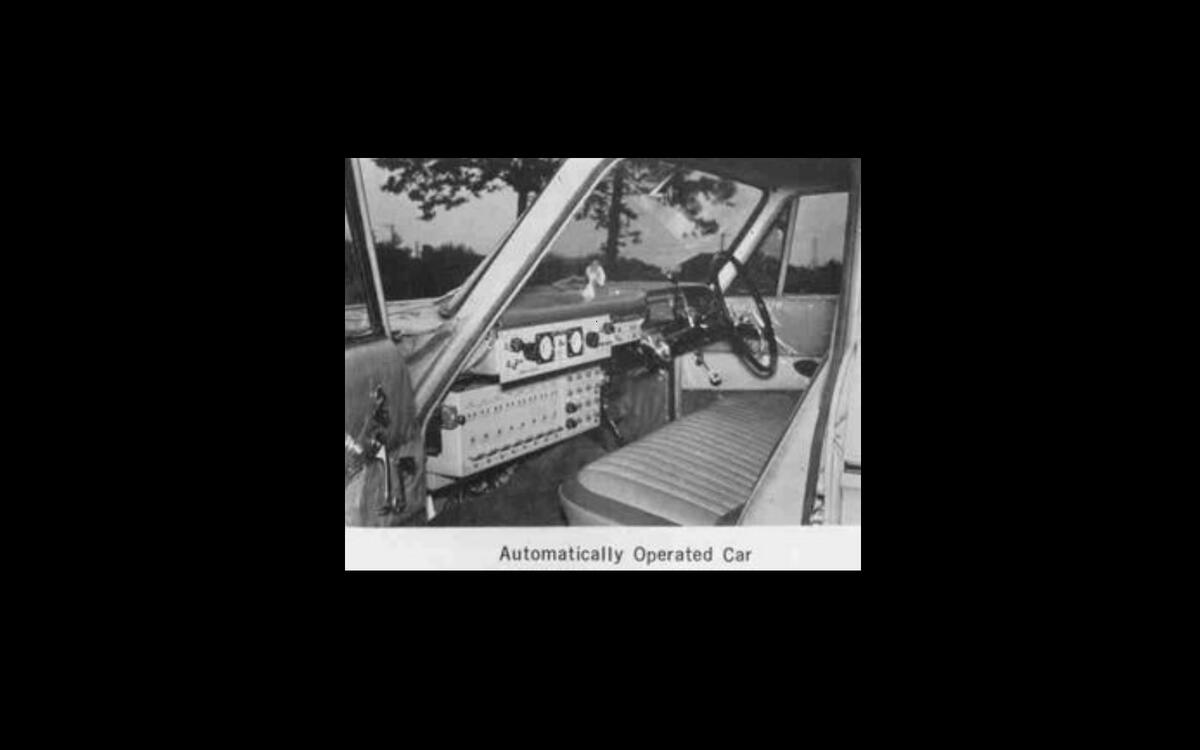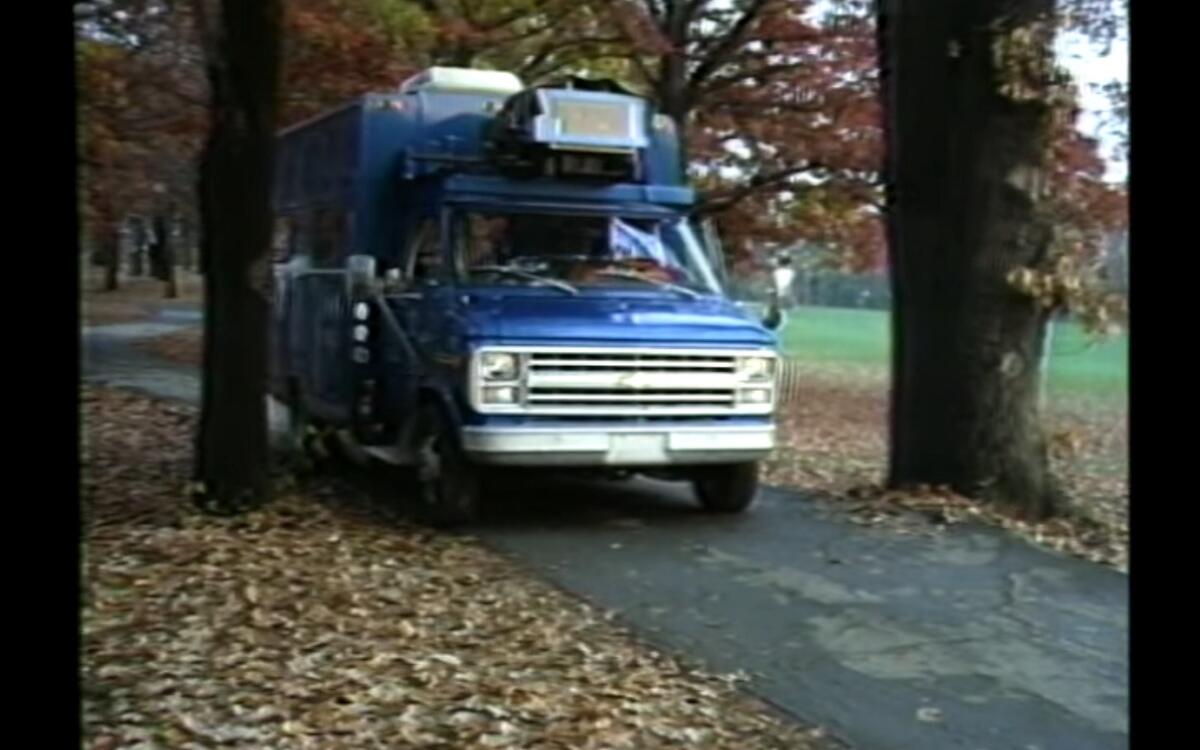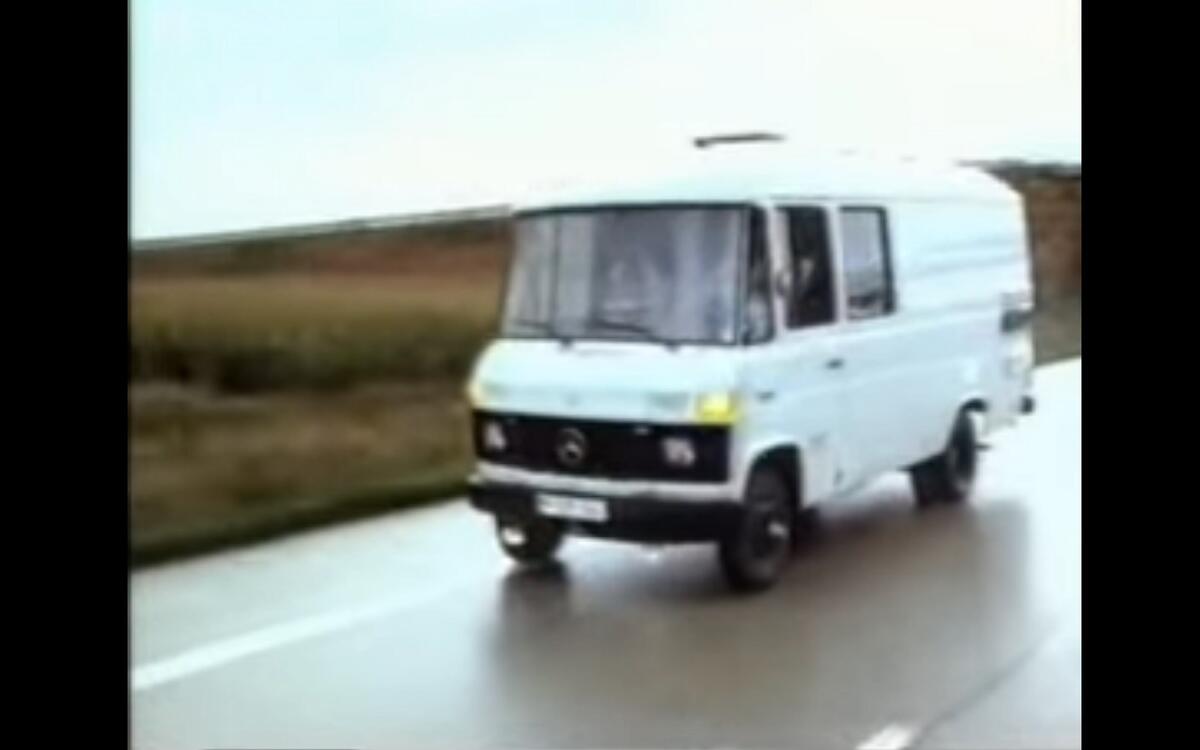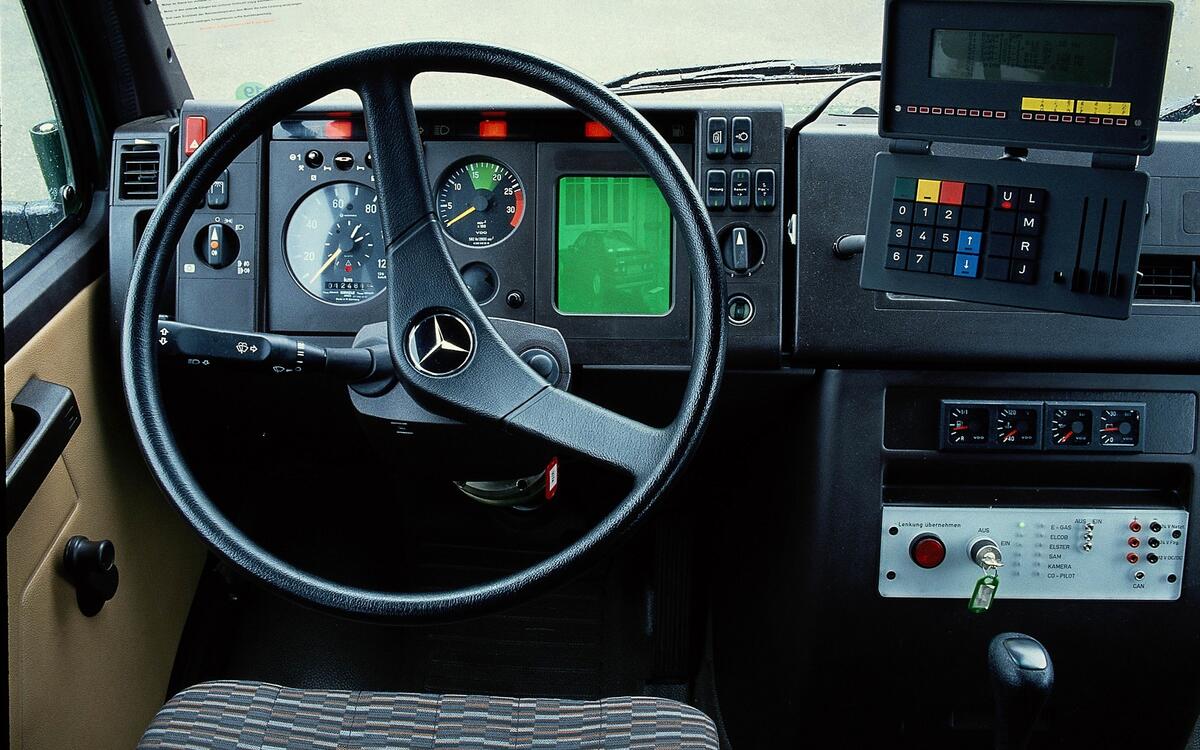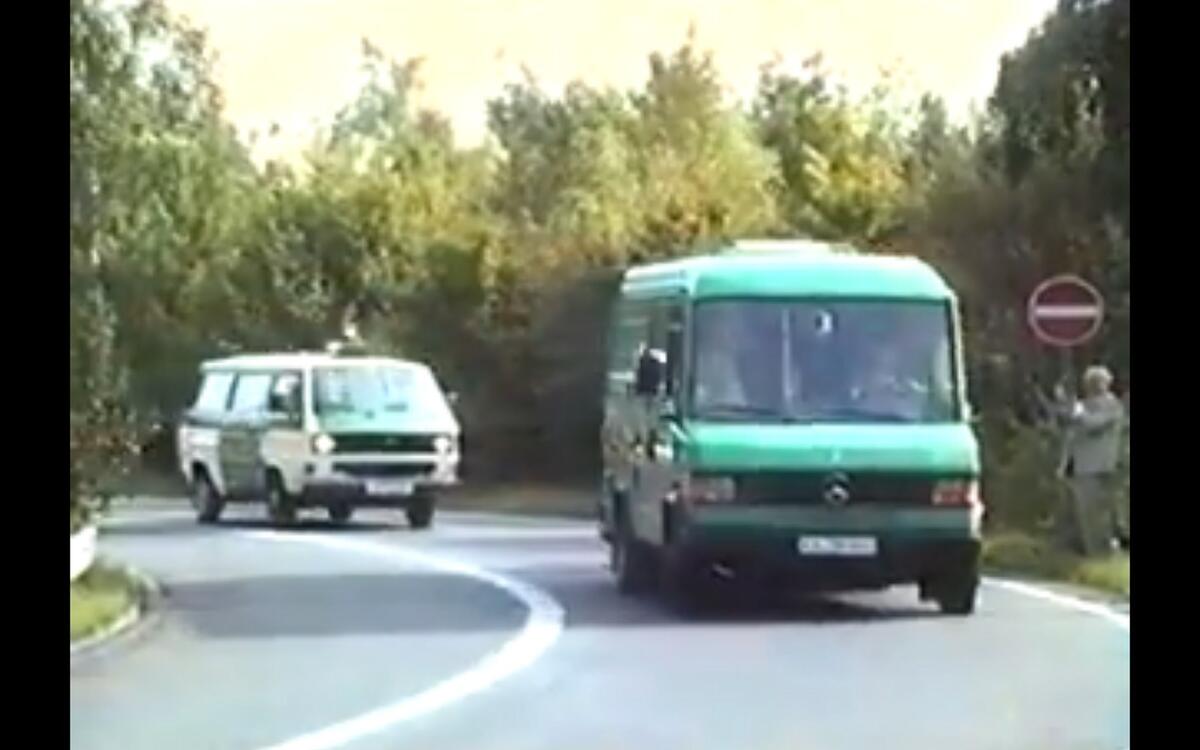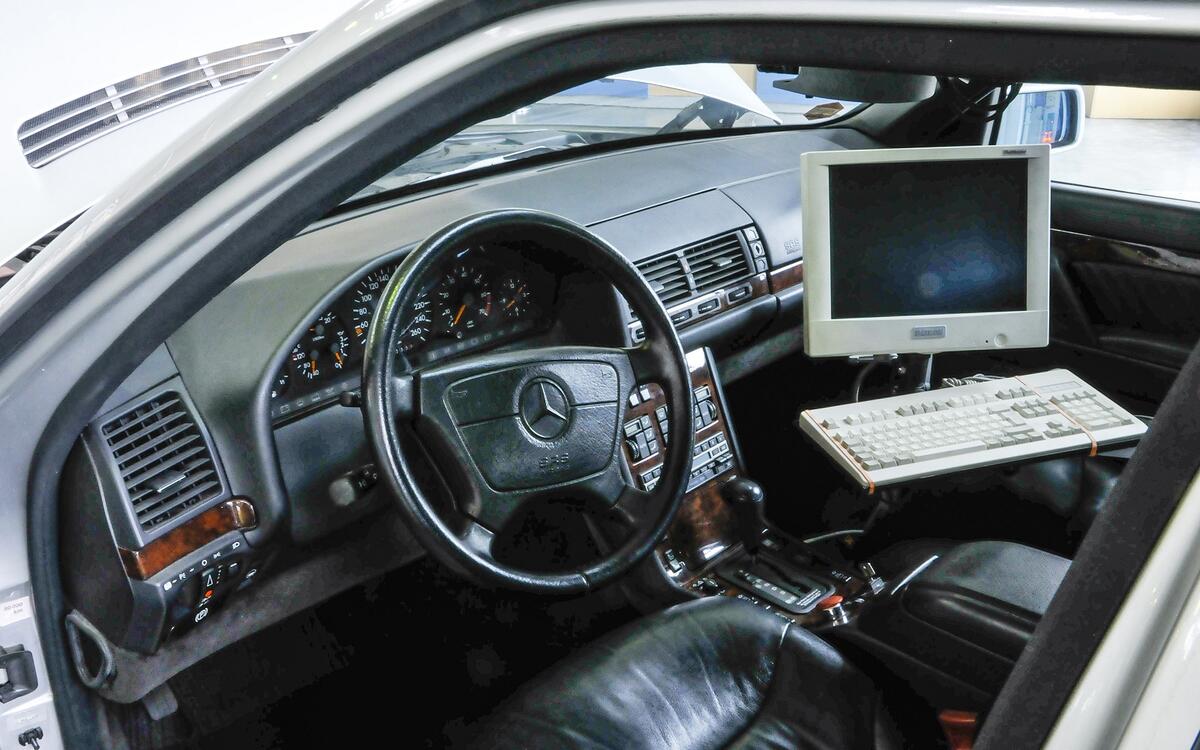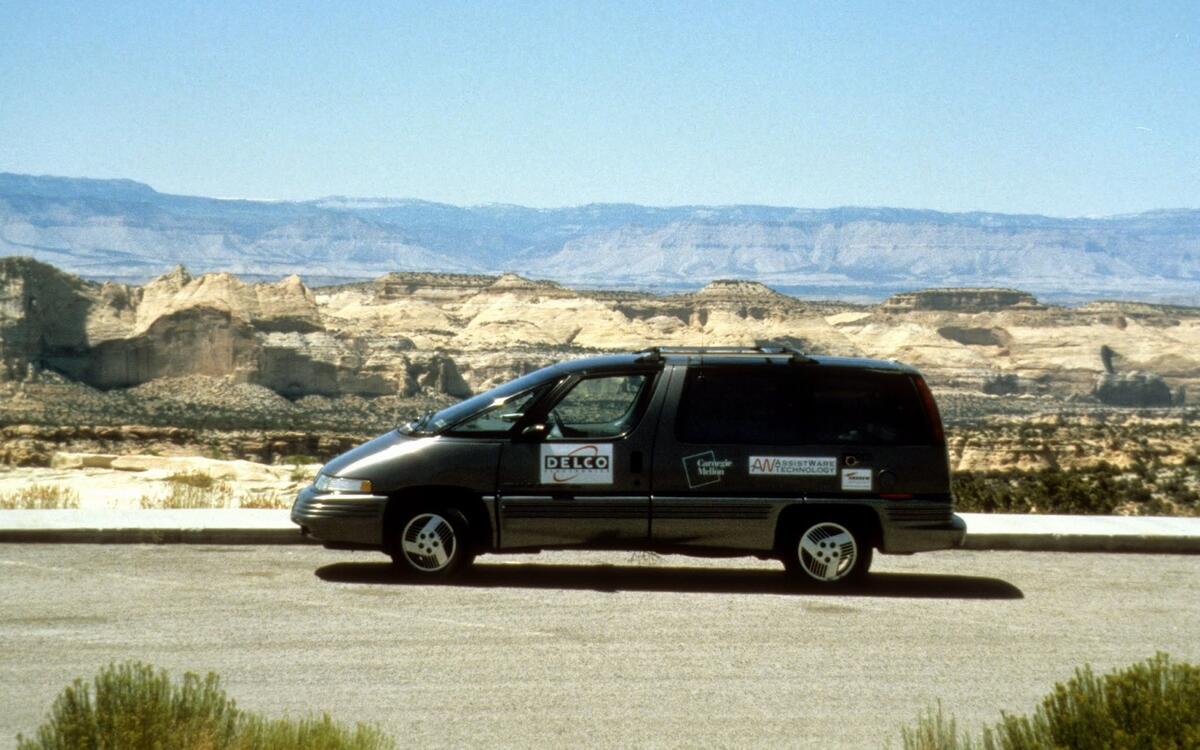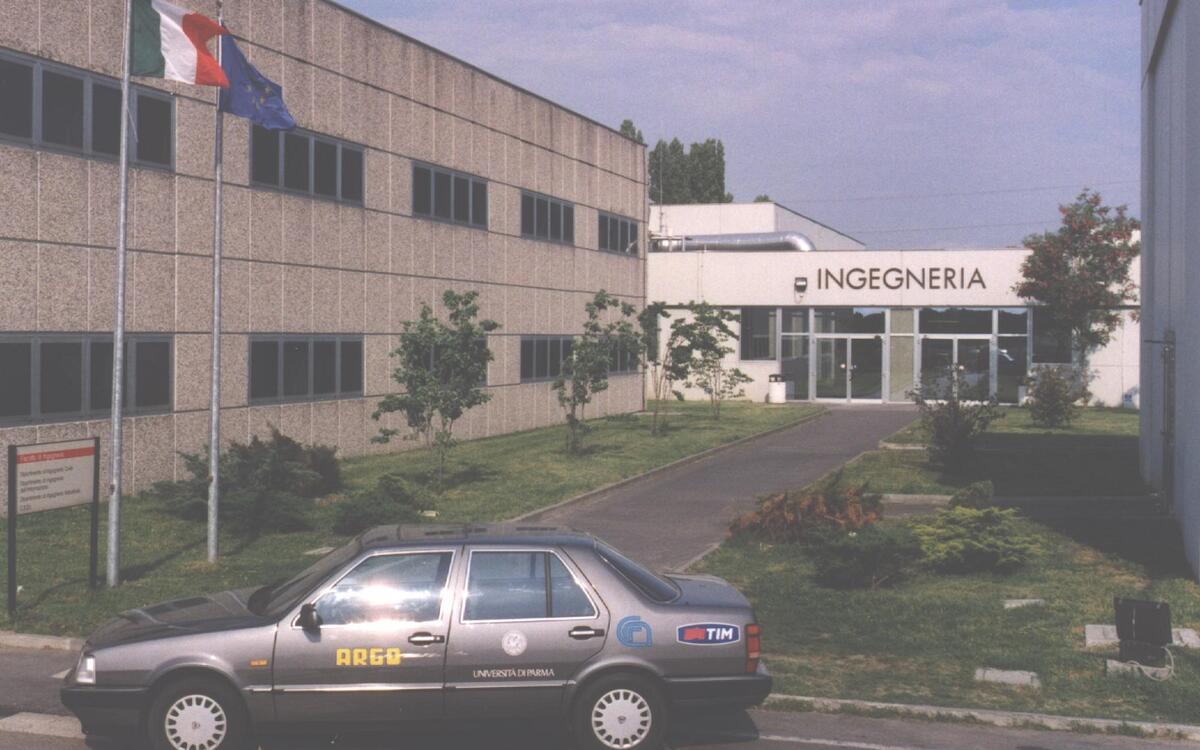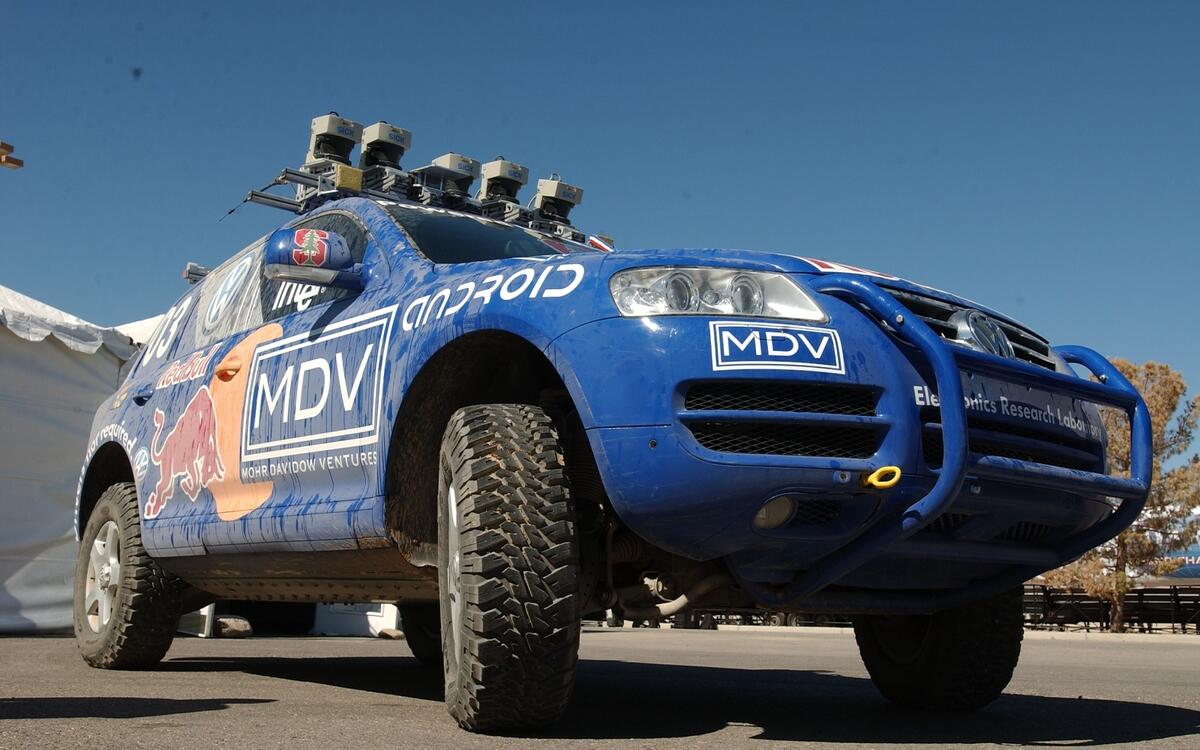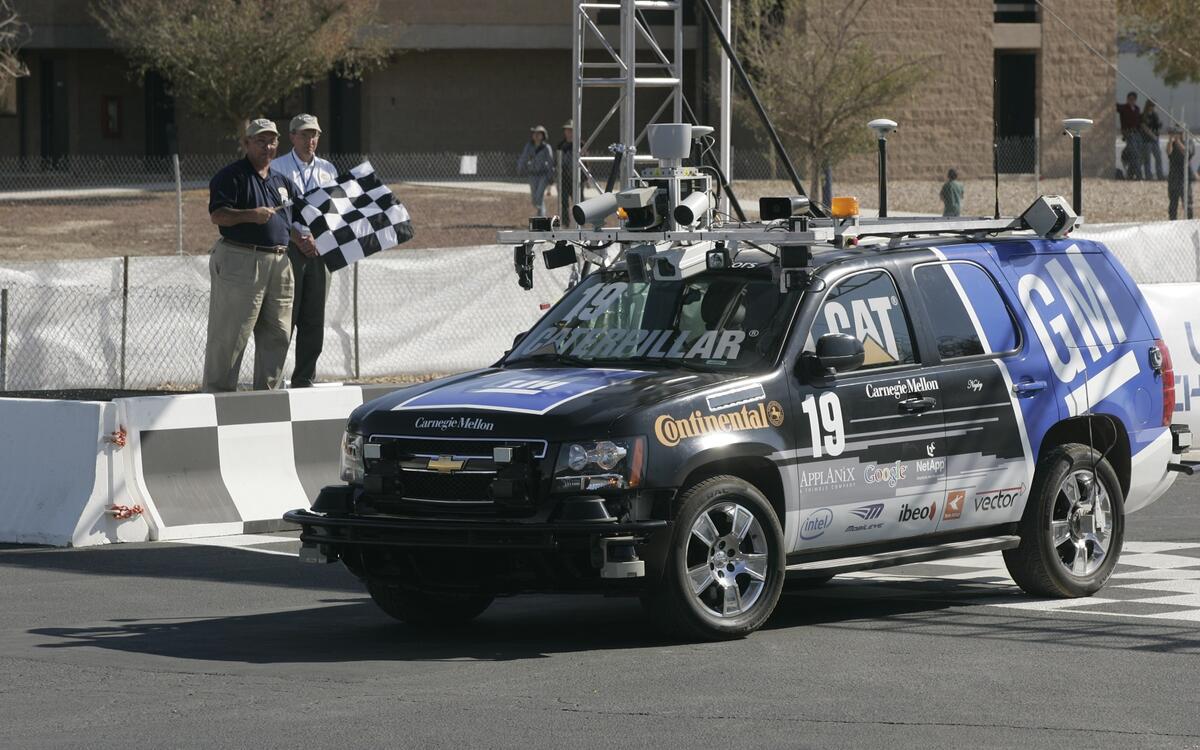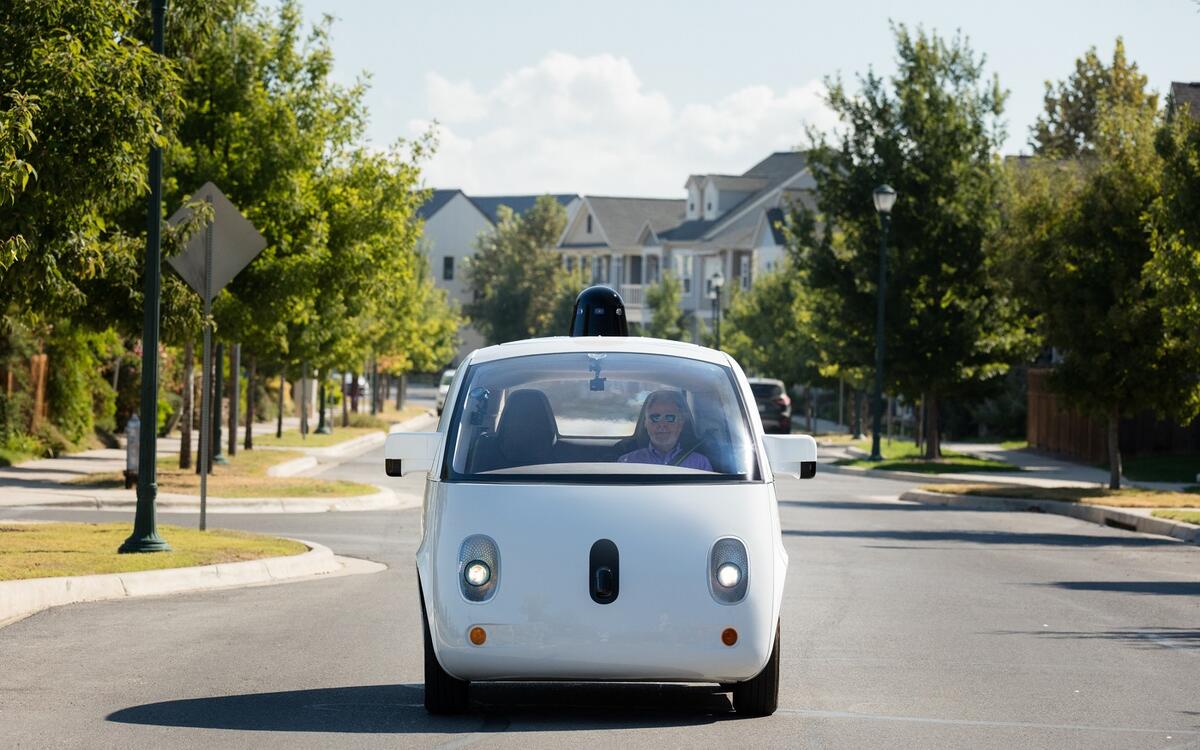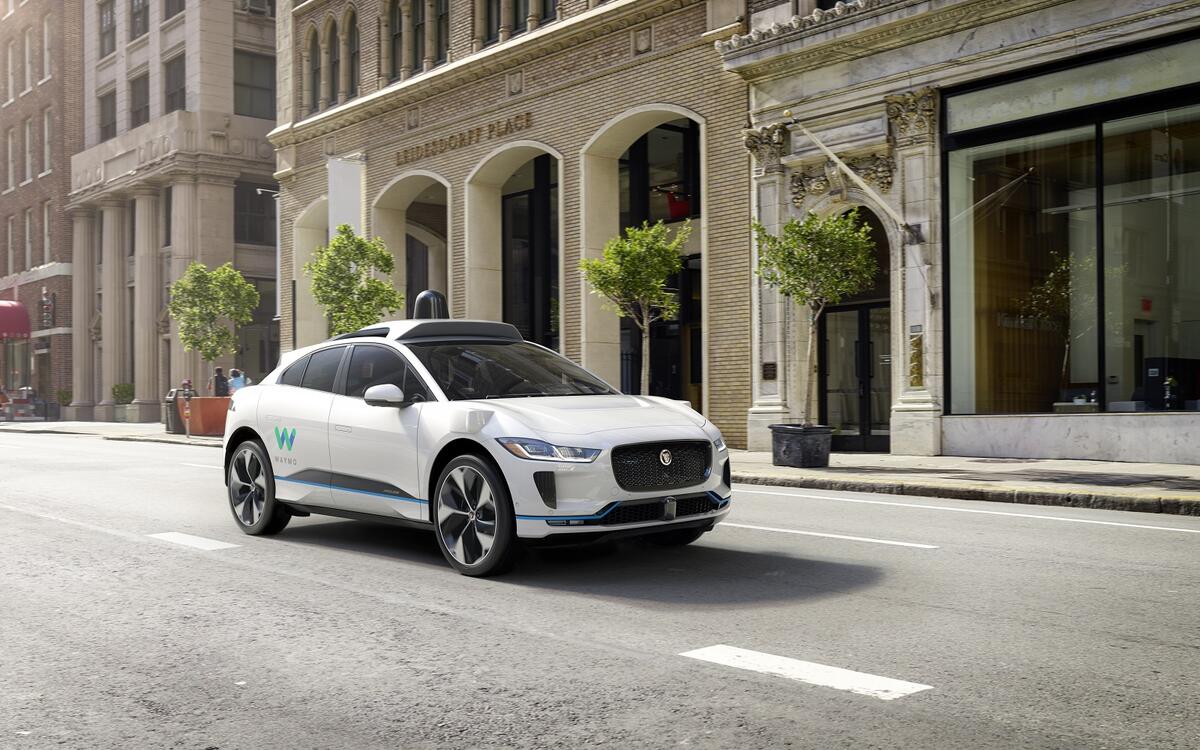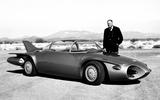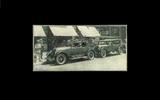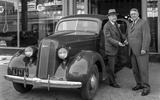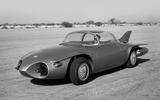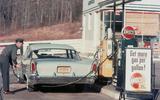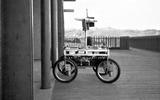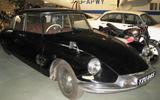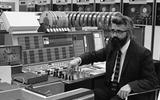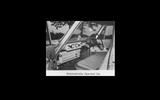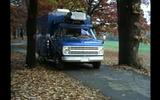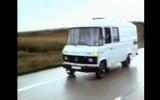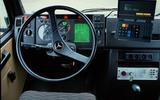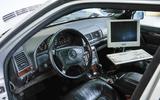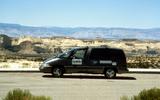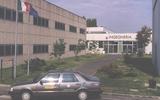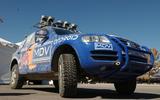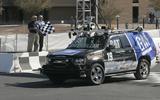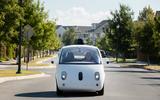 Slide of
Slide of
The first attempts at removing humans from the act of driving were made in the 1920s.
Since then, the technology used to control driverless cars has varied greatly but the main goals have remained surprisingly constant. Driverless and autonomous cars are a way to reduce traffic congestion on crowded roads, improve safety and, last but not least, make money.
From radio signals to lidar, we’re taking a look at the history of a technology which is both decades old and up-and-coming.
 Slide of
Slide of
Houdina’s American Wonder (1925)
The American army demonstrated a three-wheeled, radio-controlled trailer called Radio Air Service on an Ohio air force base in 1921. Historians widely credit it as the earliest driverless motorized vehicle but it hardly qualified as a car.
In 1925, Francis Houdina exhibited a 1926 Chandler driven via a remote control. The prototype – which was called American Wonder – drove down Broadway in New York City as other motorists and pedestrians watched with superstitious awe. An engineer in a second car used radio signals to control the American Wonder, which the press nicknamed the Phantom Car. Though not autonomous, it was in all likelihood the very first fully-functional driverless car.
 Slide of
Slide of
The radio-controlled car’s 15 minutes of fame (1930s)
Though Houdina never sold radio-controlled cars to the public, he inspired other inventors to build similar prototypes and demonstrate them across the US. They were always controlled by someone riding in a second vehicle which was usually a car or, on at least one occasion, a low-flying airplane. Some pioneers experimented with turning radio-controlled cars into moving billboards while others placed them in parades to raise awareness about road safety.
Note: 1935 Pontiac pictured. Some Phantom Cars were based on 1935 Pontiacs.
 Slide of
Slide of
GM Firebird II concept (1956)
The Phantom Cars left a lasting legacy. Vehicles controlled by various types of technology regularly appeared in science fiction books and movies during the 1940s and the 1950s.
General Motors arguably pioneered the driverless concept car when it unveiled the titanium-bodied, turbine-powered Firebird II during the 1956 Motorama. Clearly inspired by the world of aviation, the Firebird II explored what the so-called highway of tomorrow could look like. It relied on an “electronic brain” that received signals from an electronic control strip embedded in the road to steer the car. The driver could keep an eye on the car’s trajectory by looking at a screen on the dashboard.
GM stressed none of the Firebird II’s features worked; they merely served as a imagination-intensive demonstration of what was technically feasible in a “far, far future.”
 Slide of
Slide of
Chrysler launches cruise control (1957)
Blind engineer Ralph Teetor received a US patent for a primitive version of cruise control technology in 1950. Early on, his invention merely functioned as a speed limiter. Teetor worried motorists would fall asleep at the wheel if they were allowed to cruise for miles on end without touching the accelerator pedal. He added the speed lock function in a bid to convince automakers to buy his technology and offer it as a convenience feature.
Chrysler bit first. It introduced Auto-Pilot speed control as an option in 1958 on its luxury Imperial models. Cruise control – which was marketed under various names – was especially well suited to the road topography of much of America and became increasingly common there during the 1960s. Adaptive cruise control - a system that usually uses radar to keep the car a set distance from the car in front using brakes and throttle autonomously - arrived in production cars in 1998, on the W220 Mercedes-Benz S-Class. In 2003, Honda went one better, using dotted-white-line reading cameras to actively steer and keep its Inspire sedan in the correct lane, which when combined with adaptive cruise control gave the world its first basic production-car auto-pilot system.
 Slide of
Slide of
The dream of electronically-controlled highways (1957)
In the late 1950s, it was much easier to guide a car down the road than to teach it how to drive itself. Some of the brightest researchers in the US worked tirelessly on the development of what they called electronically-controlled highways. Mock-ups were shown in the early 1950s and the first real-world trials began in 1957 on a 400-foot-long stretch of highway in Nebraska. It was a joint project between the Radio Corporation of America (RCA) and Nebraska officials.
Broadly speaking, the technology consisted of detector circuits buried in the pavement that transmitted information to radio receivers installed in test cars. It allowed cars to steer themselves without any input from human drivers. On a secondary level, the electronically-controlled highways were among the earliest application of vehicle-to-infrastructure technology – they warned the driver of obstacles in the roadway like a broken-down car or construction. And, on a separate frequency, the technology temporarily cut out the radio to make navigation announcements like “the exit for Columbus is five miles ahead.”
Electronically-controlled highways were promising, and a lot of the benefits they promised to unlock are finally merging into the mainstream in 2018, but embedding radio equipment into America’s vast highway network was deemed unrealistic at best because it was far too expensive.
 Slide of
Slide of
The Stanford Cart (1961)
James Adams, a PhD candidate at Stanford University, built a prototype that later became known as the Stanford Cart to test the feasibility of sending a remote-controlled rover to Mars. His experiment failed – there was a 2.5sec delay between when a scientist gave a command and when the vehicle executed it – but the Cart was used as a test bed by several researchers in the field of autonomous technology during the 1960s and the 1970s. It notably received hardware that allowed it to automatically follow a white line in 1967 and it gained stereo vision in 1977.
 Slide of
Slide of
The UK’s driverless experiments (1960s)
The government-funded Transport and Road Research Laboratory in Crowthorne, England, experimented with a drive-by-wire system in the 1960s and the 1970s. It consisted of a network of energized signal cables buried in the roadway that fed information about the road to a car and allowed it to steer, brake and/or accelerate on its own. The lab’s test cars included an Austin Mini, a Standard Vanguard and a Slough-built Citroën DS19 (pictured) whose hydropneumatic system was modified to apply brake, accelerating and steering inputs. Scientists later wrote off the system as far too complicated and overly expensive for mass production so research continued with a much simpler Ford Cortina.
Researchers predicted the widespread use of drive-by-wire technology would reduce congestion by allowing cars to follow each other in a platoon formation, an argument often brandished in 2018 by proponents of self-driving cars. They believed implementing the technology on UK roads could lead to a 50-percent increase in road capacity and a 40-percent reduction in accidents. Funding for the project dried up in the 1970s.
 Slide of
Slide of
John McCarthy’s computer-controlled cars (1969)
American computer scientist John McCarthy – the man who coined the term “artificial intelligence” – envisioned a future where cars drive themselves to pre-programmed destinations. He wrote an essay named Computer-Controlled Cars in which he outlined an automatic chauffeur that needed no input from the infrastructure to steer, brake or accelerate. “The user enters the destination with a keyboard and the car drives him there,” explained McCarthy. He added users could send other commands like changing the destination, stopping at a restaurant and driving faster in the event of an emergency.
McCarthy outlined two benefits of this system. First, it made driving more convenient. Second, it made driving safer. He predicted a fivefold reduction in fatalities but noted guaranteeing complete safety wasn’t possible. Though highly theoretical, his forward-thinking essay served as the foundation of much of the research carried out in the 1980s was built on.
 Slide of
Slide of
Japan teaches cars to see (1977)
Japanese researchers working at the Tsukuba Mechanical Engineering lab built a heavily-computerized prototype that drove itself by using two cameras to read the lane markings on a road. It cruised at about 20mph, which represented a mammoth achievement in the development of machine vision technology.
 Slide of
Slide of
NavLab 1 (1986)
Carnegie Mellon University promoted research in the field of self-driving cars before most American schools. In 1986, a pivotal year in the history of the autonomous car, researchers from the School of Robotics turned a Chevrolet van into a prototype named Navlab 1. The cargo compartment was big enough to comfortably house a team of researchers plus the computers and controllers needed for the van to drive itself. The ability to override the system was programmed into the prototype early on.
Interestingly, the technology available in 1986 didn’t allow the NavLab 1 to reach its theoretical top speed of about 20mph. Researchers didn’t achieve this milestone until the late 1980s.
 Slide of
Slide of
The VaMoRs van (1986)
German engineer Ernst Dickmann began his research in the field of autonomous cars in the late 1970s. Armed with a surprisingly thorough understanding of the technology, he installed computers plus an armada of sensors and cameras in a Mercedes-Benz van and tested it in fully-autonomous mode on the campus of a German university in 1986.
The following year, his prototype drove itself at 55mph on an unopened stretch of the Autobahn. Mercedes parent company Daimler-Benz approached him about a collaboration as it shifted its driverless car program into high gear in the middle of the 1980s.
 Slide of
Slide of
Mercedes-Benz launches the PROMETHEUS program (1986)
In the 1980s, computing technology had become advanced enough to power a truly autonomous car that could operate on its own without receiving instructions from the infrastructure. Daimler-Benz launched a research project called Program for European Traffic with Highest Efficiency and Unprecedented Safety (PROMETHEUS) in October 1986 with the intent of increasing traffic safety and making long-distance driving more comfortable. Other automakers, suppliers and universities later joined the program.
Though the technology existed, it took up so much space that Mercedes initially chose to test it in a Vario van. It built a prototype named Vision Information Technology Application (VITA) that relied on image processing technology to autonomously brake, accelerate and steer. The firm stresses its main intent was to avoid collisions, not replace the driver altogether.
 Slide of
Slide of
Bosch’s autonomous research project (1990)
The German car parts giant Bosch began researching ways to integrate autonomous technology with automatic route guidance in 1990. Based on a Mercedes-Benz 410 van, its prototype could find the best route from point A to point B, even if it needed to navigate through dense urban traffic to connect the two. Electronics controlled the steering, the throttle, the brakes and the transmission while sensors scoped out the road ahead.
 Slide of
Slide of
Mercedes’ real-world trials (1994)
Advancements in sensor and processor technology allowed Mercedes to make its autonomous hardware small enough to install in a W140-generation 500 SEL. This marked a significant milestone in the development of self-driving technology. The firm demonstrated how far it had come in 1994 by sending its prototypes on a roughly 620-mile trip in the Paris area.
The following year, another prototype drove from Munich to Copenhagen mainly in autonomous mode. It cruised at 115mph, changed lanes and passed slower cars without running into issues but Mercedes always kept a safety driver behind the wheel.
 Slide of
Slide of
NavLab 5 (1995)
Researchers at Carnegie Mellon University continued developing autonomous technology in a bid to retain their lead. In the decade following NavLab 1’s first test run, the software got considerably faster while the hardware became smaller and more affordable. In the early 1990s, the School of Robotics acquired a 1990 Pontiac Trans Sport to test its latest developments in real-world conditions.
In July 1995, two researchers embarked on a 3000-mile trip called No Hands Across America that aimed to put the technology through its paces in real-world conditions while showing it to as many people as possible. NavLab 5 steered itself 95 percent of the time during the cross-country trip, according to the school, but the road-tripping researchers controlled the accelerator and the brake pedals.
 Slide of
Slide of
The autonomous Lancia (1996)
The University of Parma in Italy developed a relatively simple and cost-efficient technology named Generic Obstacle and Lane Detection (GOLD) in 1996 and installed it in a Lancia Thema. The prototype offered three basic driving modes called normal, assisted, and automatic.
In normal mode, it emitted visual and audible alarms if it detected a dangerous situation. In assisted mode, it went a step further by taking control of the car if the driver didn’t react. Finally, in automatic mode, it relied on stereo cameras that fed information to an Intel Pentium 200 MMX processor to drive itself by reading the lane markings. Researchers took the Thema on a 1200-mile autonomous trip in 1998.
 Slide of
Slide of
DARPA’s Grand Challenge (2004)
While car and tech companies invested in autonomous technology to make driving safer, the American army quickly saw it as a way to significantly reduce casualties on the battlefield. The Defense Advanced Research Projects Agency (DARPA; part of the US Department of Defense) invited researchers to participate in a novel autonomous car challenge held in the Mojave Desert. The prototypes needed to drive themselves on a 150-mile course peppered with obstacles. DARPA promised the quickest team through the course a $1 million prize.
Noone finished the 2004 Grand Challenge; the prototype that managed to drive the furthest stopped after seven miles. In 2005, DARPA increased the prize money to $2 million. First place went to a team from Stanford University, which completed the grueling course in under seven hours. Built with input from Volkswagen, its prototype (pictured) was based on a turbodiesel Touareg.
 Slide of
Slide of
DARPA’s Urban Challenge (2007)
DARPA concluded testing autonomous vehicles in the desert had little real-world implications. In 2007, it created a 60-mile urban course on an air force base in Georgia and challenged teams to build an autonomous vehicle capable of completing it in under six hours. The prototypes needed to obey basic traffic rules, avoid obstacles and navigate through real-world situations like four-way stops. The winning car was a 2007 Chevrolet Tahoe built jointly by General Motors and Carnegie Mellon University (pictured).
 Slide of
Slide of
Google starts self-driving car program (2009)
Bolstered by an ever-increasing amount of data, the development of autonomous technology accelerated significantly during the 2000s. Google began dabbling in self-driving cars in 2009, when it hired a small team of engineers – including some who had competed in the DARPA challenges – to build and test prototypes.
In May 2012, a Toyota Prius equipped with the self-driving technology Google developed in-house became the first autonomous car to receive a license in the US. In December 2016 Google's efforts were re-branded under the Waymo name.
 Slide of
Slide of
Autonomous cars in 2018 and beyond
In 2018, a diverse selection of automakers, suppliers and technology companies are racing to deploy autonomous cars as quickly, reliably and safely as possible. The roster includes General Motors, Ford, Volvo, Volkswagen, Jaguar Land Rover, Bosch, Waymo, Uber and China’s Baidu.
The general consensus is that Waymo is well ahead of everyone else. It crossed the 10 million-mile threshold in October 2018 and aims to launch a ride-hailing business in Phoenix, Arizona, in 2019. It's been a long journey, with a way to go still.
For nearly 100 years, researchers have chased the same goals
Advertisement


